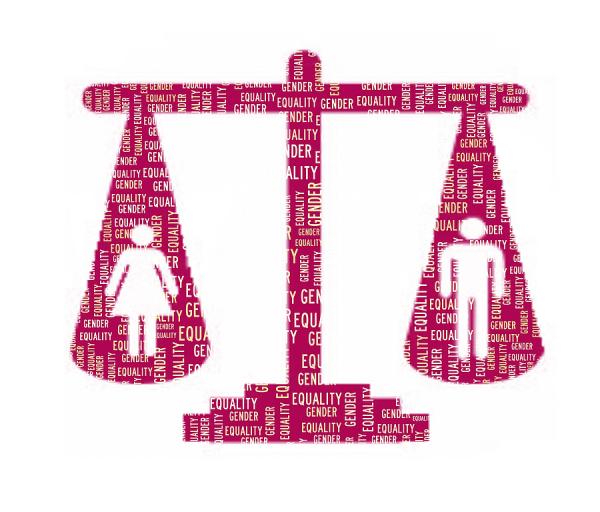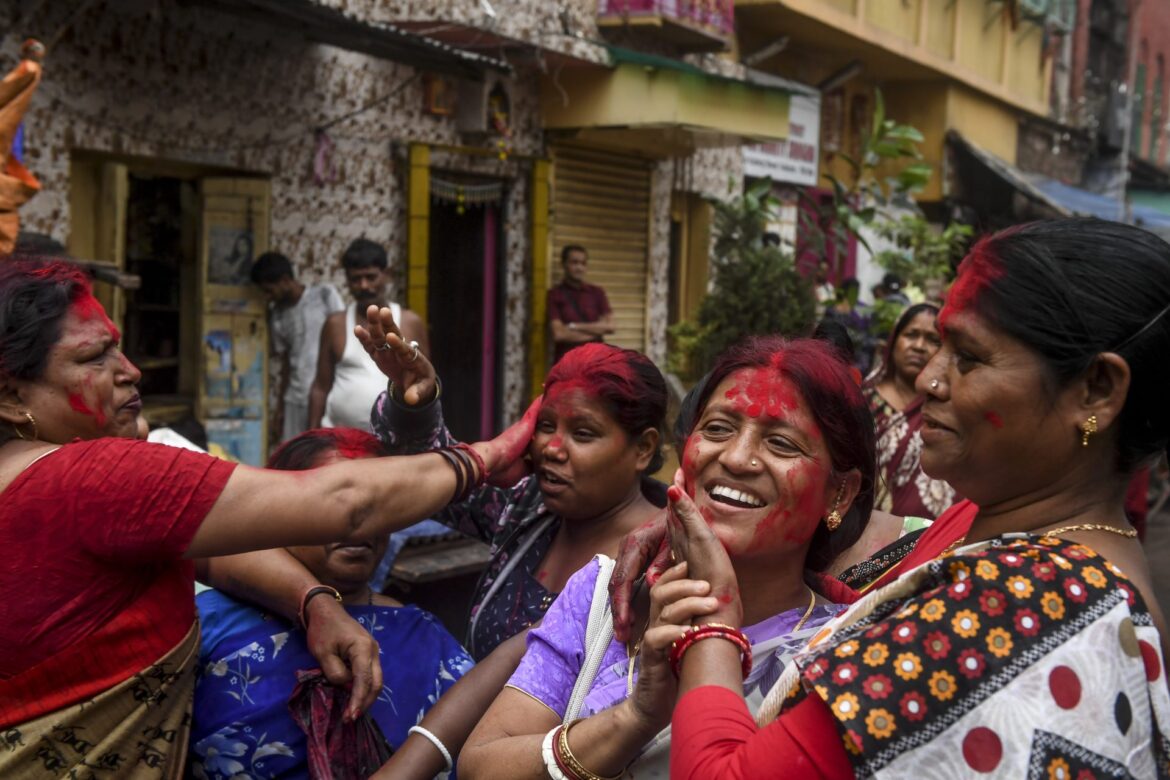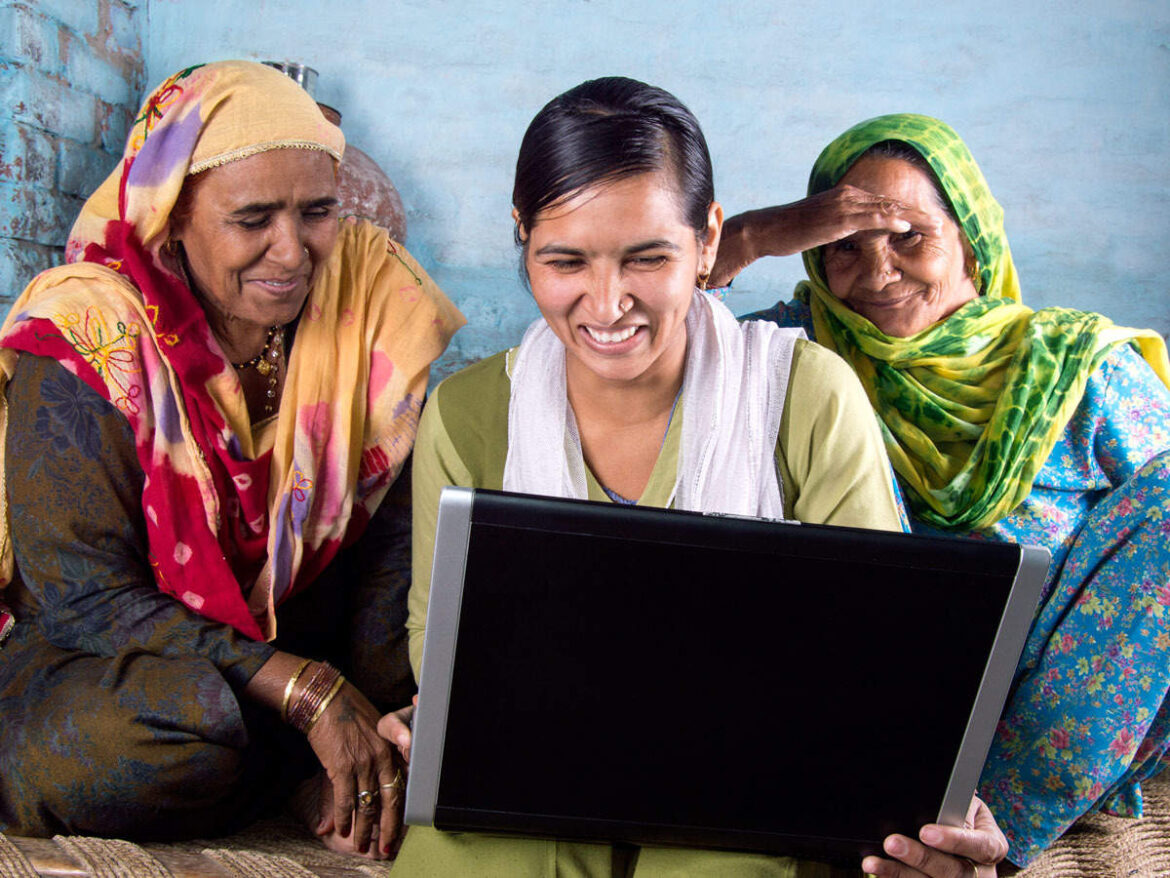By राजेश ओ.पी. सिंह
विश्व में महिला पत्रकारिता का अध्याय सर्वप्रथम 1831 में अमेरिका से आरंभ हुआ, जब एनी न्यूपार्ट रॉयल ने “प्राल पाई” नामक पत्र प्रकाशित करना शुरू किया I इसके बाद इन्होंने ‘हंटर’ के नाम से एक और पत्र निकाला। इसी प्रकार भारत में मोक्षदायिनी देवी ने वर्ष 1848 में “बांग्ला महिला” नामक पत्र प्रकाशित करना शुरू किया, जो किसी भारतीय महिला द्वारा प्रकाशित होने वाला प्रथम पत्र था। 1857 में चेनम्मा तुमरी ने बेलगांव से कन्नड़ भाषा में “शालामठ” पत्रिका निकाली, इसी दौर में उर्दू भाषा में आसिफ जहां ने “हैदराबाद गजट” और हिंदी में श्रोमिया पूर्णा देवी ने “अबला हितकारक” प्रकाशित किया। इनके अलावा आजादी से पूर्व भारत में उषा मेहता, शांता कुमारी, उर्मिला, मीरा दत्त, फातिमा बेगम, सायरा बेगम आदि महिलाओं ने पत्रकारिता के क्षेत्र में बढ़ चढ़ कर हिस्सा लिया और अपना लोहा मनवाया।
परंतु फिर भी आधी आबादी होने के नाते इस क्षेत्र में महिलाओं की ये संख्या बहुत कम थी, जिसके पीछे पितृस्ततमक सोच और पिछड़ापन सबसे मुख्य कारण थे।
आजादी के बाद एक आशा थी कि आजाद भारत में पत्रकारिता के क्षेत्र में महिलाओं को उनकी संख्या के बराबर भागीदारी मिलेगी, परंतु न केवल भारत ही बल्कि विश्व के लगभग देशों में भी ये संभव नहीं हो पाया। कहने को तो मीडिया संस्थानों और न्यूजरूम में महिलाओं की संख्या में वृद्धि हुई है परंतु असल सच्चाई इसके विपरित है।
भारतीय मीडिया में लैंगिक असमानता दर्शाने और महिलाओं के प्रतिनिधित्व की स्थिति जानने के लिए वर्ष 2014 में मीडिया स्टडीज ग्रुप द्वारा वरिष्ठ पत्रकार अनिल चामडिया के निर्देशन में किए गए सर्वे से सामने आया कि मीडिया में महिलाओं का औसत प्रतिनिधित्व 2.7 फीसदी है और इसमें भी छह राज्य (असम,झारखंड,नागालैंड,मणिपुर,अरुणाचल प्रदेश और ओडिशा) व दो केंद्र शासित प्रदेश (पुद्दुचेरी और दमन एंड दीव) जहां जिला स्तर पर महिला पत्रकारों का औसत शून्य है।
इसी प्रकार अगस्त 2019 में न्यूजलॉन्ड्री ने यूनाइटेड नेशंस वूमेन के साथ मिल कर “भारतीय मीडिया में लैंगिक असमानता रिपोर्ट” प्रकाशित की। जिसमे पाया गया कि किसी भी न्यूजरूम के टॉप 100 नेतृत्व वाले पदों पर केवल 15 महिलाएं हैं। अखबारों में केवल 5 फीसदी, मैगजीन में 14 फीसदी, डिजिटल पोर्टल पर 27 फीसदी पदों पर ही महिलाओं के पास नेतृत्व की शक्ति प्राप्त है। दूसरी तरफ अंग्रेजी अखबारों में छपने वाले प्रत्येक 4 लेखों में से केवल एक ही किसी महिला द्वारा लिखा जाता है वहीं हिंदी अखबारों में ये स्थिति केवल 17 फीसदी है।
इस सबके अलावा बहुतेरे विषयों में भी लिंग भेद है जैसे सुरक्षा, स्पोर्ट्स, चुनाव आदि विषयों पर केवल पुरुषों द्वारा लिखा और पढ़ा ही स्वीकृत किया जाता है, यहां महिलाओं के विचारों को कोई तवज्जो नहीं दी जाती। मीडिया में कई चुनौतियां केवल इसलिए है क्योंकि वे महिलाएं हैं।
बहरहाल आजकल महिलाओं के रूप का प्रयोग मीडिया के दृश्य – श्रव्य माध्यमों में दिनों दिन ज्यादा होता जा रहा है, यह प्रयोग महिलाओं के प्रति आदर या सम्मान के भाव से किए जाने के बजाए ज्यादातर उन्हें प्रदर्शन की वस्तु बनाकर किया जा रहा है। खेलों में कमेंट्री व प्रोमोज में महिलाओं के ग्लैमर का उपयोग खेलों के प्रति आकर्षण बढ़ाने के लिए किया जा रहा है। चर्चित स्टिंग ऑपरेशन “दुर्योधन” के दौरान भी सांसदों को टैप करने के लिए महिलाओं का प्रयोग किया गया। कास्टिंग काउच को उभारने के लिए भी महिला मीडिया कर्मी को ही शिकार बनाकर पेश किया जाता है।
भारतीय मीडिया जिस गति से फल फूल रहा है इसमें एक आशा पनपी थी कि मीडिया के बढ़ते आकार से महिलाओं की स्थिति में सुधार आएगा और मीडिया में महिलाएं भी पुरुषों के बराबर संख्या में नजर आने लगेंगी, परंतु इस दौर में महिलाएं मनोरंजन का साधन तो बनी किंतु पुरुषों के बराबर न आ पाई जो इक्का दुक्का महिला इस क्षेत्र में है उन पर मोटा मेकअप और पश्चिमी परिधान जैसी कुछ शर्तें भी लाद दी गई हैं और अपने आप ये धारणा बना ली कि लोग उन्हें इसी भेषभूषा और स्टाइल में पसंद करेंगे।
इसी प्रकार पत्रकारिता के शीर्ष पदों पर महिलाओं के न होने से महिलाओं संबंधी मुद्दों पर भी ध्यान नहीं दिया जाता, हम देखते हैं कि भ्रूण हत्या जैसे अनेकों मुद्दे स्त्री अस्तित्व से जुड़े हुए विशेष मुद्दे है पंरतु लिखित, दृश्य, श्रव्य आदि प्रत्येक प्रकार के मीडिया से ये मुद्दे गायब हैं।
प्रत्येक क्षेत्र में भेदभाव झेलती और अपना प्रतिनिधित्व तलाशती महिलाओं के समर्थन में यदि कभी कभार कोई आवाज बुलंद होती है तो पुरुष प्रधान समाज द्वारा उसे एक झटके में दबा दिया जाता है। और ये सच्चाई है कि जब तक महिलाओं को उचित प्रतिनिधित्व नहीं मिलेगा तब तक उनसे जुड़े मुद्दों और समस्याओं को मुखधारा की बहस में नही लाया जा सकेगा और जब तक महिलाओं संबंधी ये मुद्दे और समस्याएं मुख्यधारा की बहस में शामिल नहीं होंगे तब तक इनका समाधान किसी भी कीमत पर नहीं होगा। इसलिए महिलाओं संबंधी मुद्दों पर बोलने और लिखने के लिए महिलाओं को भी ज्यादा संख्या में आगे आना चाहिए ताकि मीडिया में महिलाओं की भागीदारी को बढ़ाया जा सके और आगामी पीढ़ी के लिए एक मजबूत आधार तैयार किया जा सके।





